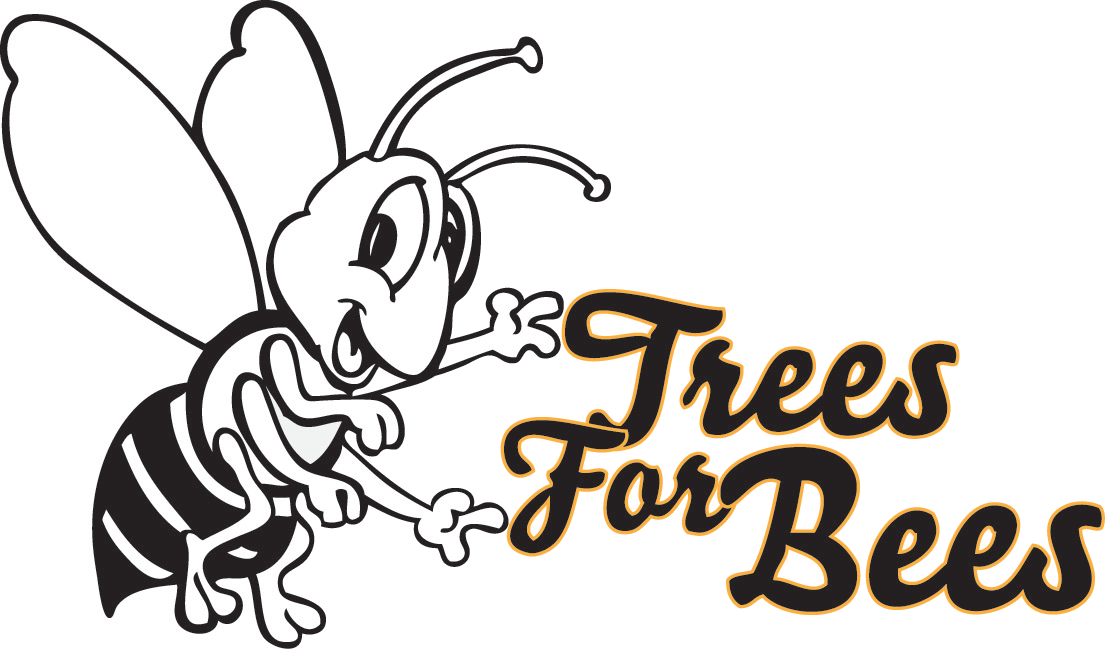Farms
Why Plant Trees for Bees on Farms
Good nutrition for bees is the key to better pollination on farms. Bees need a reliable source of food throughout the year just like other animals so that they do not suffer nutritional stress which can result in weak bees and dying colonies. It is easy to encourage and support bees while also meeting other farm requirements by planting multi-purpose trees and shrubs that feed bees.
Many planting opportunities are available to the farmer, with the ability to include bee forage species into planting that already takes place on a wide range of farm types, including:
Shade and shelter
Land stabilisation and riparian/wetland protection
Amenity/farm beautification
Timber, firewood, tree crops
Native bush protection and enrichment
Areas available for planting may include:
Unproductive land (e.g. gullies, bluffs, steep slopes, wet and weedy land)
Paddock corners, shelterbelts and hedgerows
Specimen trees in paddocks and stockyards, stock laneways and avenues, road and rail verges
Stream, pond and wetland margins
Flower gardens, orchards, old homesteads
Remnant native bush
Forestry plantations
With so many reasons for planting trees and shrubs on farms, feeding bees can fit in perfectly by selecting plants that are also good pollen and nectar sources.
How to Plant
Before embarking on a planting programme on your farm for any purpose, including bees, you need to be aware of a number of factors.
Site characteristics will influence your choice of species and can vary in:
Size and shape
Location and exposure
Soils and drainage
Rainfall
Access and serviceability
You also need to consider:
Space available for planting
Time, money and labour available
Best time of year for planting
Weediness of candidate plants
Toxicity of candidate plants to animals
Pests, such as goats, opossums and hares
How the plants fit in with existing land use
Key tasks for planting are:
Preparing a planting plan
Sourcing plants
Preparing the site
Weed control
Soil cultivation
Installing fencing/tree guards
Controlling pests
Irrigating as needed
Planning long term maintenance
Tips for successful planting:
Have an overall plan – consult nurseries or farm planting advisors and local beekeepers
Make a flowering calendar of what bee plants you already have on site and then select plants to fill in pollen supply gaps
Optimise bee nutrition by selecting the best plants with abundant pollen or nectar and reliable flowering times
Use a mix of plants – some flower in the first year, others may take time to first flowering
Stage the phases of the planting over time –only plant what you can manage, including ongoing maintenance
Don’t overcrowd – let the plants grow into the space for their mature size
Have a plan for weed control and protect plants from stock and pests
Be prepared to irrigate in dry weather
Plant Lists
Trees for Bees is constantly researching bee forage species and updating its plant lists.
Templates
Trees for Bees is preparing a number of planting templates that can be used as guides for farmers and landowners wanting to establish bee forage plants. These will be added to the website as they are completed.
Case Studies
Trees for Bees is writing up a number of case studies to illustrate how bee forage plantings have been established. These will be added to the website as they are completed.
